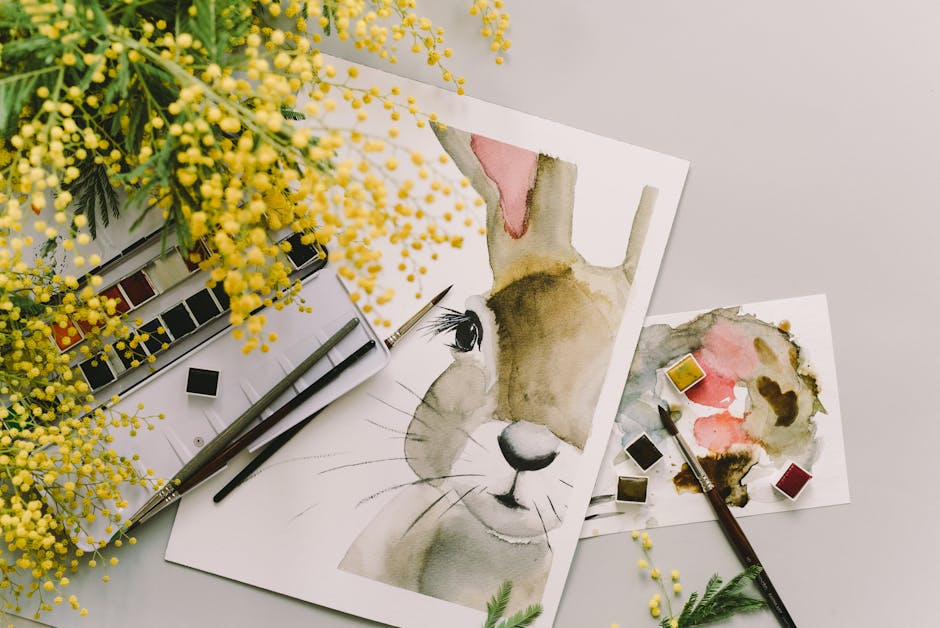
Latin Folklore Symbols in Contemporary Art
Latin Folklore Symbols in Contemporary Art
Latin folklore is rich with diverse symbols that hold deep cultural and historical meanings. These symbols have captivated artists for centuries and continue to inspire contemporary art. In this blog post, we will explore some of the most prominent Latin folklore symbols and how they are being used in modern art.
1. The Virgen de Guadalupe
One of the most widely recognized symbols in Latin American culture is the Virgen de Guadalupe. This powerful icon is deeply rooted in Mexican folklore and is often depicted as a motherly figure surrounded by roses. Artists often incorporate this symbol to showcase devotion, femininity, and Mexican identity in their artworks.
2. El Cadejo
El Cadejo is a mythical creature from Central American folklore. It is often portrayed as a large dog with fiery eyes and is believed to protect people from evil spirits. Artists use this symbol to explore themes of protection, spirituality, and ancient beliefs in their contemporary artworks.
3. La Calavera Catrina
La Calavera Catrina, or simply Catrina, is an elegant skull figure that has become an iconic symbol of the Mexican Day of the Dead. This symbol represents the idea that death is an inevitable part of life and should be celebrated rather than feared. Artists often integrate Catrina into their artworks to convey themes of mortality, remembrance, and cultural heritage.
4. Quetzalcoatl
Quetzalcoatl is an Aztec deity often depicted as a feathered serpent. This symbol holds great cultural and spiritual significance in Mesoamerican folklore. Artists incorporate Quetzalcoatl into their artworks to explore themes of transcendence, transformation, and the blending of human and animal worlds.
5. El Duende
El Duende is a mischievous goblin-like creature often portrayed in Spanish folklore. It is believed to be a source of inspiration for artists, musicians, and writers. Artists use this symbol to depict creativity, spontaneity, and the supernatural in their contemporary artworks.
Latin folklore symbols continue to play a vital role in contemporary art, connecting artists and viewers to rich cultural traditions. By incorporating these symbols into their artworks, artists pay homage to their heritage while exploring universal themes of identity, spirituality, and human experience.
